As we celebrate the 50th anniversary of the first Apollo Moon landing, remember that many Apollo astronauts, including Neil Armstrong, the first person on the Moon, were test pilots who flew experimental planes for NASA in our earliest days. Since long before we landed on the Moon, aeronautics has been a key piece of our mission.

The U.S. founded the National Advisory Committee on Aeronautics (NACA), our predecessor, in 1914. NACA, collaborating with the U.S. Air Force, pioneered the X-1 aircraft, the first crewed plane to achieve supersonic speeds. NACA was largely responsible for turning the slow, cloth-and-wood biplanes of the early 1900s into the sleek, powerful jets of today.
When NACA was absorbed by the newly formed NASA in 1958, we continued NACA’s mission, propelling American innovation in aviation. Today, our portfolio of aeronautics missions and new flight technologies is as robust as ever. Below are seven of our innovations flying out of the lab and into the air, getting you gate-to-gate safely and on time while transforming aviation into an economic engine!
1. X-59 QueSST

Our X-59 Quiet SuperSonic Technology (QueSST) flies faster than the speed of sound without the window-shattering sonic boom. This innovation may kick off a new generation of quiet, supersonic planes that can fly over land without disturbing those below. Once adopted, QueSST’s technologies could drastically reduce the time it takes to fly across the U.S. and even to other countries worldwide!
2. X-57 Maxwell
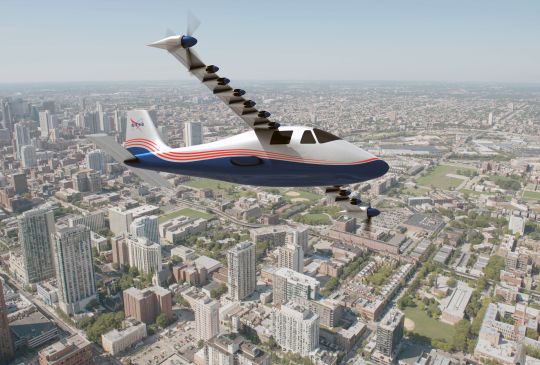
Our X-57 Maxwell will be the first all-electric X-plane, demonstrating the benefits distributed electric propulsion may have for future aviation. The Maxwell is named for Scottish physicist James Clerk Maxwell, who is known for his theories on electricity and electromagnetism. The name is also a play on words because, as X-57 engineer Nick Borer said, “It has the maximum number of propellers.”
3. Airborne Science
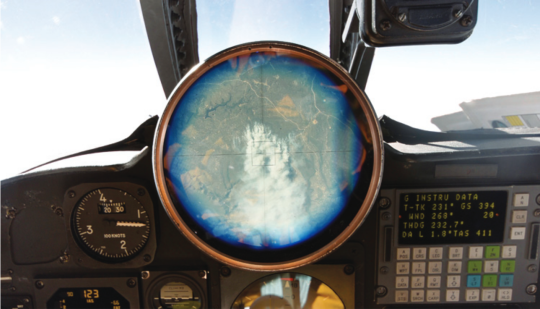
Our airborne science program provides Earth scientists and astrophysicists with the unique insights that can be gleaned from the air and above the clouds. By flying aircraft with Earth science instruments and advanced telescopes, we can gather high resolution data about our changing Earth and the stars above. Airborne science outreach specialist (and champion aerobatics pilot) Susan Bell highlights Fire Influence on Regional to Global Environments Experiment – Air Quality (FIREX-AQ), a joint mission with the National Oceanic and Atmospheric Administration (NOAA).
“FIREX-AQ will investigate the impact of wildfires and agricultural fires on air quality,” Susan said. “Living in the Western U.S., I witness firsthand the impact that smoke can have on the communities we live in and up in the air as a pilot.”
4. Search and Rescue
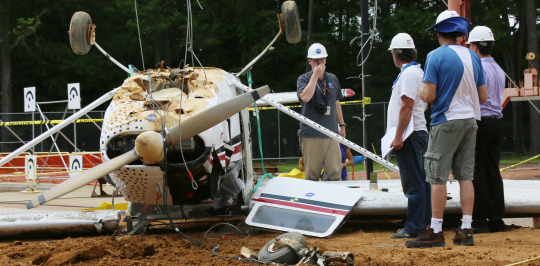
Our Search and Rescue (SAR) office serves as the technology development arm of the international satellite-aided search and rescue program, Cospas-Sarsat. Recently, the Federal Aviation Administration adopted SAR’s guidance regarding the testing and installation of the NASA-developed beacons required for planes. These recommendations will greatly improve aviation beacon performance and, ultimately, save more lives.
SAR developed the recommendations through crash test research at our Langley Research Center’s gantry in Hampton, Virginia, where Neil Armstrong and Buzz Aldrin trained for the Apollo Moon landing!
5. MADCAT
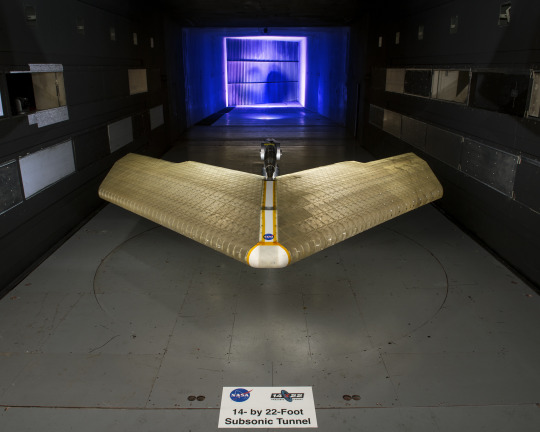
Our Mission Adaptive Digital Composite Aerostructure Technologies (MADCAT) team at our Ames Research Center in California’s Silicon Valley uses strong, lightweight carbon fiber composites to design airplane wings that can adapt on the fly. The composite materials are used to create “blocks,” modular units that can be arranged in repeating lattice patterns — the same crisscrossing patterns you might see in a garden fence!
6. RVLT

Our Revolutionary Vertical Lift Technology (RVLT) project leverages the agency’s aeronautics expertise to advance vertical flight capabilities in the U.S. The RVLT project helps design and test innovative new vehicle designs, like aircraft that can take off like a helicopter but fly like a plane. Additionally, the project uses computer models of the complex airflow surrounding whirring rotors to design vehicles that make less noise!
7. Moon to Mars
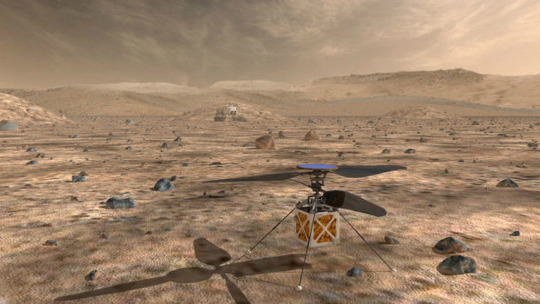
We’re with you when you fly — even on Mars! The 1958 law that established the agency charged us with solving the problems of flight within the atmosphere… but it didn’t say WHICH atmosphere. We’re applying our aeronautics expertise to the thin atmosphere of Mars, developing technologies that will enable flight on the Red Planet. In fact, a small, robotic helicopter will accompany the Mars 2020 rover, becoming the first heavier-than-air vehicle to fly on — err, above — Mars!
Make sure to follow us on Tumblr for your regular dose of space: http://nasa.tumblr.com.





Комментариев нет:
Отправить комментарий